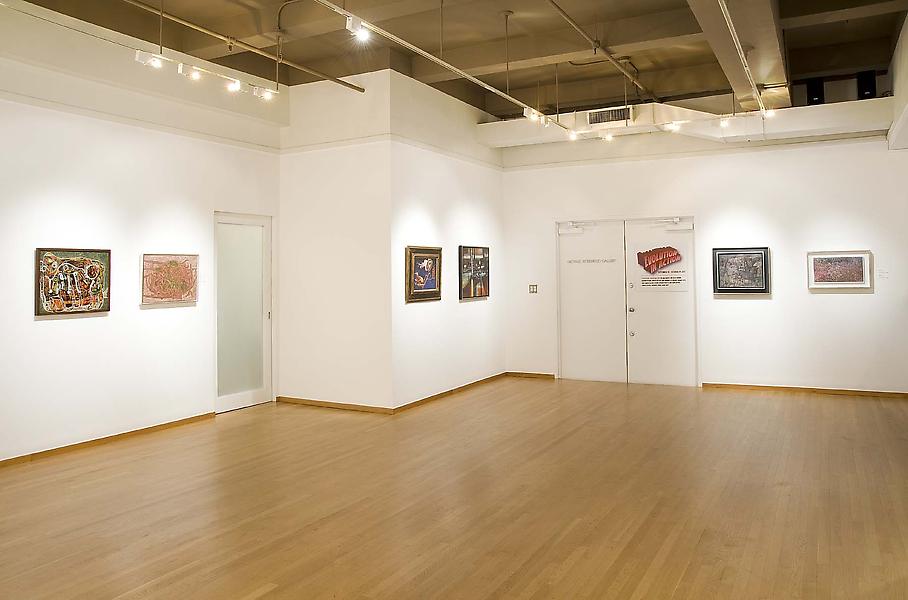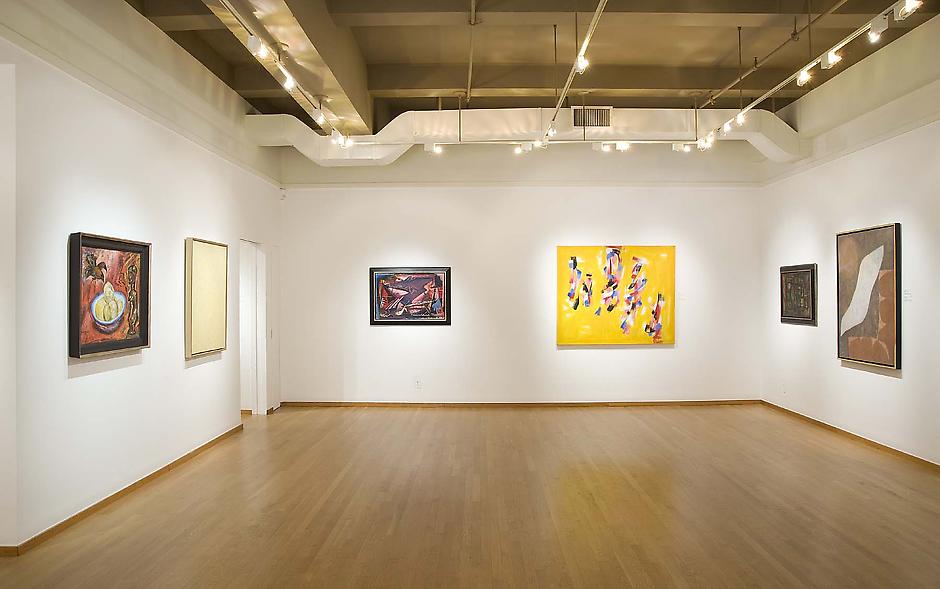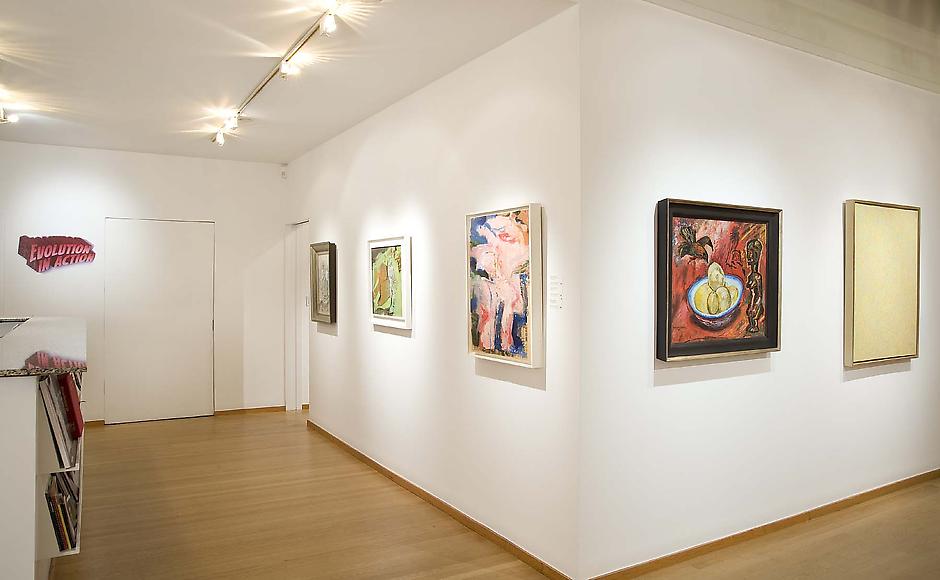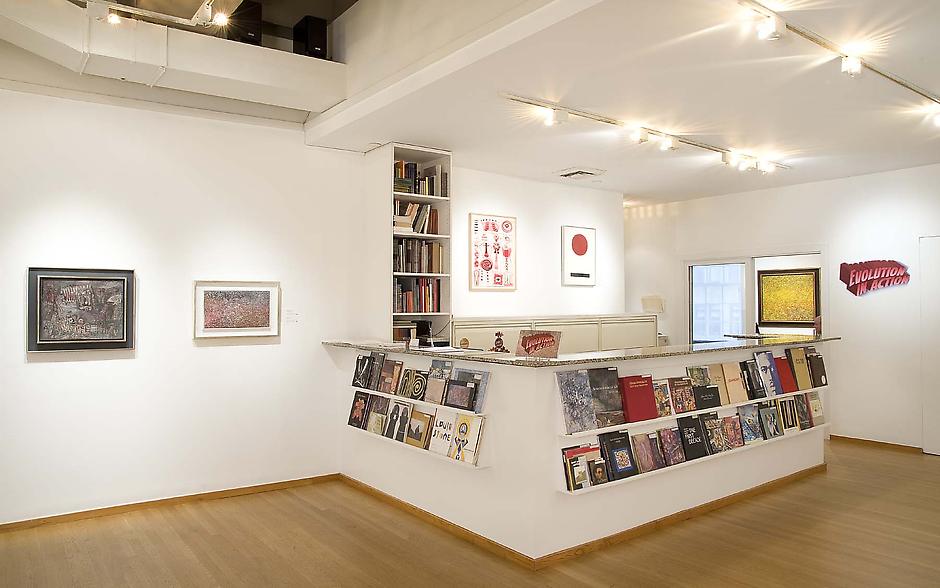(New York—September 10, 2011) Michael Rosenfeld Gallery is pleased to present Evolution in Action, on view from September 10 to October 29, 2011. The exhibition consists of twenty-eight works by fourteen major American artists whom the gallery has consistently championed over the years: William Baziotes, Willem de Kooning, Beauford Delaney, Adolph Gottlieb, Hans Hofmann, Lee Krasner, Norman Lewis, Boris Margo, Alfonso Ossorio, Richard Pousette-Dart, Mark Rothko, Charles Seliger, Theodoros Stamos, and Mark Tobey.
Today, the majority of these artists are best known for the large-scale, daring abstractions they created in the 1950s and 1960s, but the careers of each painter featured in the exhibition began to take off in the 1930s and early 1940s, when surrealism still held a central place among the avant-garde. Evolution in Action reveals the dynamic shifts that occurred mid-century in American modernism by pairing an earlier painting by each artist with one that is more immediately representative of his or her mature, “signature” style. On one end of the exhibition’s timeframe are the biomorphic forms, psychological landscapes, and unexpected juxtapositions that owe a debt to surrealism, while on the other are the flat planes of color, bold brushstrokes, and lines liberated from representation that marks abstract expressionism and its contemporary movements.
The division of art history into styles that are then attached to distinct time periods can often leave us with the false impression that nothing happened in the years between. Evolution in Action sheds light on the dynamism of these intervening years not by representing them, but precisely by omitting examples from them. Thus, the dramatic placement of an untitled Gottlieb from 1949 alongside one from 1967 provokes questions and curiosity about how he arrived at the latter from the jumping-off point of the former. At the same time, these pairings are designed to allow viewers to see continuities across the works of a given artist and to gain a greater appreciation for each painter’s wide range of talent. The bright yellow lemons of Delaney’s untitled still life (1945) provide









